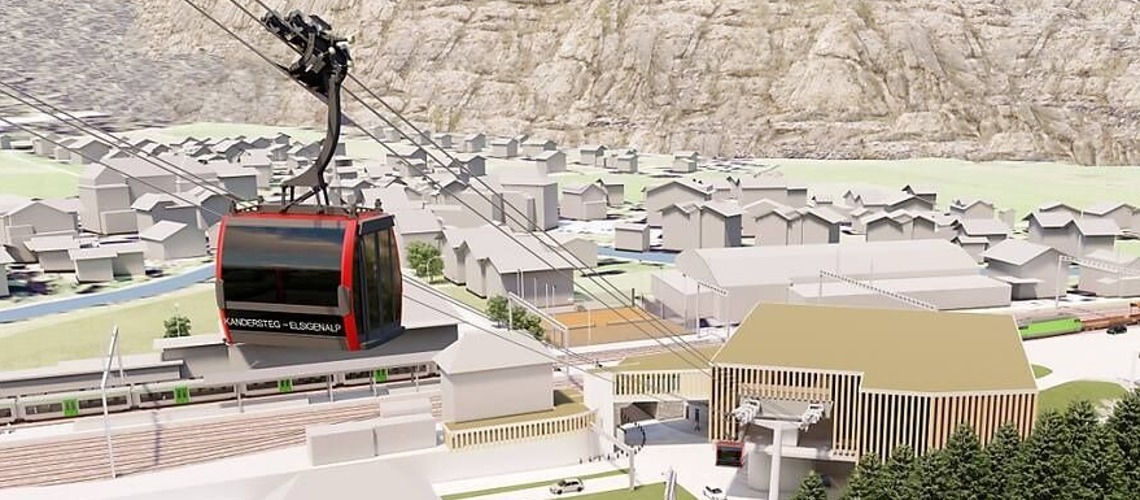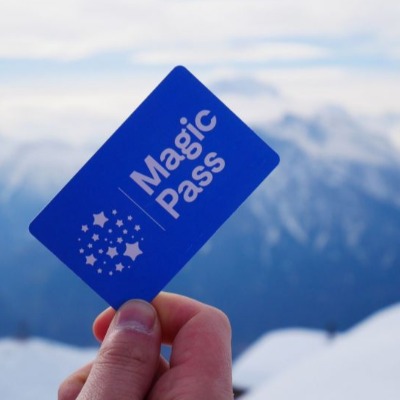Positive Results From Feasibility Study On Planned Cable Car Between Kandersteg & Elsigen-Metsch

The results of the feasibility study on the planned cable car between Kandersteg and the Elsigen-Metsch ski and hiking area speak a clear language: the cable car is feasible. But until it is financed and approved, full commitment is required from everyone involved.
At an information event, the project team, with representatives from BLS, Garaventa, the municipality of Kandersteg, the Elsigenalpbahnen and the tourism industry, presented the results of the study that was prepared for the NRP project in recent months. "Our rough idea - to create a railway with maximum transfer comfort from Kandersteg station to Elsigen - has grown into a vision over the past five months," says Lukas Eichenberger, who is the project manager together with Christian Zenger. And he is pleased that the signs are green for this railway project. "I will be 50 in 2030. That seems to me to be a realistic timeframe for the next project steps up to the launch and a nice birthday present," says Christian Zenger.
Safety margin included
As expected, the financial outlay for the entire extension of the cable car is high. All costs were deliberately estimated in order to obtain an overview. If you add up everything from the rail connection in Kandersteg to the cable car, the mountain station including hotels and restaurants, and the two additional chair lifts, the total costs amount to 65 - 95 million francs. However, in the current early stages of the project, a large safety margin has been factored in, says Lukas Eichenberger. This is also shown by the comparison with systems that have already been built. When developing the cost basis, it was calculated which frequencies and prices would be necessary for the cable car to be profitable. This is around 250,000 first entries per year. And these frequencies are absolutely within the realm of possibility. These figures also do not include the major additional effects that this cable car will have. These include, for example, increasing hotel overnight stays, which will also benefit suppliers in the region. In addition, this additional income will flow back into renovations, which will strengthen the industry. Furthermore, such a track gives the whole village a great boost and a more balanced season throughout the year, which corresponds to the goal of the destination's 365-day strategy.
Schedule is ideal
The project team also did not come up with any "no-gos" in terms of the ability to obtain approval, which would make approval impossible from the outset. In addition, the timetable for the entry in the cantonal zoning plan is ideal for the project. However, the details of the planning and the environmental impact assessment are still pending and there is a long way to go before the building and operating permits are issued, says Lukas Eichenberger. As far as feasibility is concerned, one can assume that there will be no insoluble technical problems. "Despite the relatively long route, the railway only needs three masts, which is impressive," emphasises Lukas Eichenberger.
The project team's goal is to secure financing for the new railway, including subsequent expansions, within a year. If this is successful, the approval process can begin, the most complex part of the project. And lastly, implementation would follow, and the team expects the construction time to be around two years.













